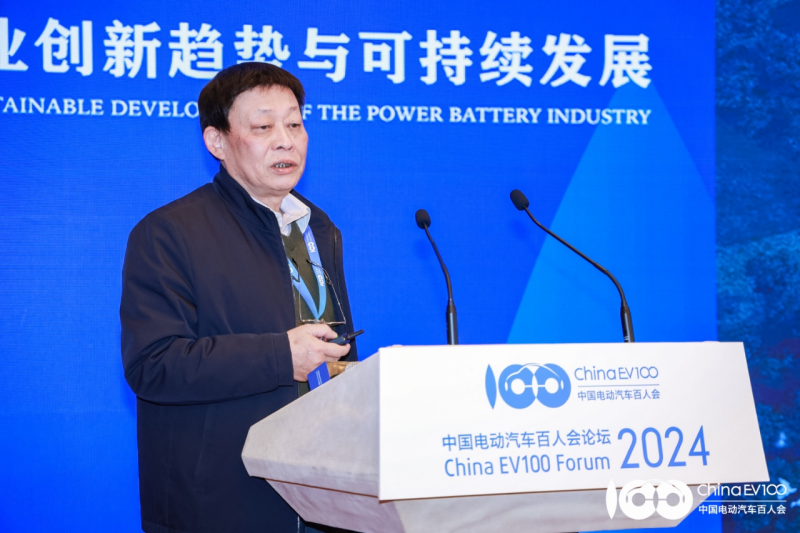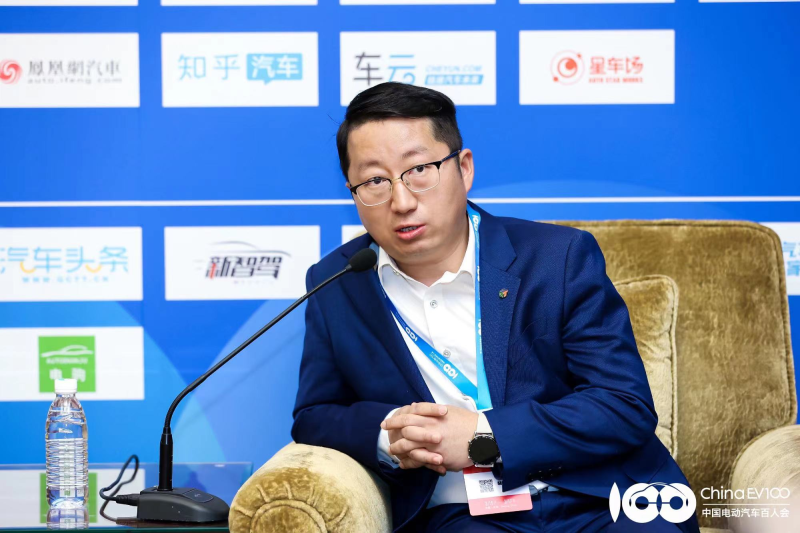The China Electric Vehicle Hundred-Person Forum was held in Beijing from March 15th to 17th. During the forum, Huang Xiangdong, Chairman of Guangzhou Jubei Technology Research Co., Ltd., stated that ultra-fast and extremely fast charging is a “prescription” to improve the acceptance and popularity of electric vehicles, and requires coordinated efforts from all sectors of the industry. Currently, charging anxiety remains a key obstacle for mainstream consumer acceptance of electric vehicles. During the recent Spring Festival, the phenomenon of queuing and taking numbers for charging at high-speed service areas concentrated on the pain points of energy replenishment. Data from the “China Charging Conditions” project of China Automotive Technology Research Center shows that more than 80% of public DC charging piles in the country have a power of less than 150kW, which means that it generally takes half an hour to charge an electric vehicle to 80% capacity. Based on these insights, Huang Xiangdong proposed the construction of an ecosystem that integrates the use of ultra-fast charging batteries at the vehicle end with ultra-fast charging network at the charging pile end.
As the core component of electric vehicles, power batteries have maturely applied ultra-fast charging technology. On March 16, Pei Feng, president of Guangzhou Juwan Technology Research Co., Ltd., mentioned in an interview with media such as Blue Whale Finance, “Juwan’s ultra-fast charging battery professional factory was put into production in October last year. In its first year of scale delivery, the annual revenue exceeded 350 million yuan, and its shipment volume in the ultra-fast charging battery sub-market ranked first in the industry.” Currently, mainstream power battery companies have mass-produced or planned to develop fast-charging battery products. The industry expects that the product lineup will further expand by 2024. As a pioneer in the ultra-fast charging/ultra-fast charging battery field, Juwan Technology Research’s earliest mass-produced ultra-fast charging battery pack was installed in vehicles in 2022. As of now, the highest mileage of a single battery pack has reached 180,000 kilometers, and the state of health (SOH) has remained above 90%, with a total mileage exceeding 9.8 million kilometers. On the vehicle side, car companies are accelerating the research and development and implementation of technology. 800V high-voltage fast-charging models are emerging one after another. According to incomplete statistics, there are currently more than 40 800V models on the market. Geely, Aiways, Xpeng, Audi, Ideal, and other car companies have already laid out in the high-voltage fast-charging race, achieving mass production and listing of some models first. On the conventional 400V vehicle electronic and electrical architecture, a low-cost solution for ultra-fast/fast charging has also matured. Although the application conditions for domestic ultra-fast and extremely fast batteries, vehicles, and charging facilities are becoming increasingly mature, the further promotion and popularization still face problems. Juyuan Technology Research Institute believes that the main problems are twofold: first, the lack of support in standards and certification for the identification of fast-charging batteries; second, the construction of supercharging infrastructure needs to be accelerated, and the already built supercharging network cannot form a joint force. Huang Xiangdong has three suggestions: 1. Strictly adhere to the overall goal of the “Automobile Power Battery Technology Roadmap” in the “Energy-saving and New Energy Vehicle Technology Roadmap 2.0”. For products that fully achieve the technical and economic goals at each stage, implement biased and supportive policies for their production plants and application vehicle companies, encourage technological progress, such as products that achieve the fast and ultra-fast charging battery-related technical and economic milestone indicators ahead of schedule and completely, and implement corresponding biased support and promotion guidance policies. 2. The construction and layout of high-power/ultra-fast charging infrastructure should be moderately advanced, and artificial “walls/islands” should be eliminated to vigorously promote interconnection, enabling the coordinated development and mutual promotion of the ultra-fast charging ecosystem with vehicle models and batteries, to facilitate the consumption of ultra-fast charging vehicle models and increase the proportion of EV ownership. 3. In the continuation and optimization of policies such as the vehicle purchase tax exemption for new energy vehicles, additional biased provisions for ultra-fast/extremely fast charging vehicle models should be added. #2024 China Electric Vehicle Forum

